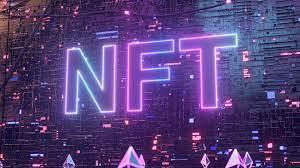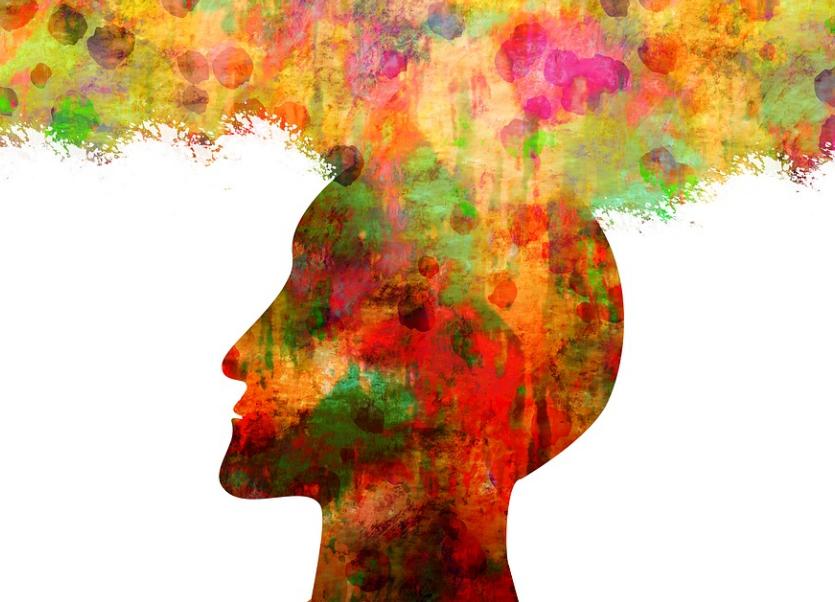About CC0: To be a platform or to be a brand?
Original Title: 《About CC0: To be a Platform or a Brand?》
Author: starzq.eth, Star's Decentralized Brief
The day before yesterday, Moonbirds announced that the project would transition to CC0, sparking a lot of discussions. Coincidentally, I have been doing some research and thinking about CC0 during this time, so I would like to summarize my thoughts and welcome discussions and critiques.
What is CC0
CC0 stands for Creative Commons Zero copyright protocol. By adopting this protocol, the author declares the abandonment of all copyrights for the creation, placing it in the public domain and making it a shared knowledge asset of humanity.
In simple terms, it means that everyone can use CC0 creations, including for commercial purposes and derivative works. For example:
- BAYC grants IP Rights to owners, so if Li Ning buys BAYC #4102, he can use this monkey on posters and T-shirts (other monkeys that he does not own cannot be used).
- Since mfers are under the CC0 protocol, regardless of whether you own mfers or not, you can freely use all 10,000 mfers, including personal use (printing T-shirts to wear), commercial use (printing T-shirts to sell), and derivative creations… According to incomplete statistics, there are over 50 derivatives of mfers.


CC0 Project: High Ceiling, But Greater Operational Difficulty
Based on the capabilities of CC0, we can draw this conclusion: the ceiling is high (platform business model), but the operational difficulty is also greater.
I have attempted to summarize the following three points in a diagram:
- Goal: The goal of a conventional NFT project is to build a brand, referencing Nike and Disney; while the ultimate goal of a CC0 project is to become a platform with network effects, referencing Amazon and Alibaba.
- The difference in goals leads to different project structures and business models.
- Project Structure: Conventional NFT projects resemble brand companies with simpler structures; CC0 projects resemble platforms that incubate countless derivative projects as infrastructure, which in turn feed back into the original project, forming a multi-stakeholder ecosystem. The DAO Token becomes the currency of this ecosystem, appreciating with the platform's development.
- Business Model: Brands focus on Sales Revenue, while Platforms also consider GMV and Ads Revenue, adding two more driving factors that have a greater impact.
- User Perspective: DAO Tokens can lower the participation threshold for users and allow them to enjoy the benefits of the entire platform; however, due to the lack of IP exclusivity, not every user may prefer CC0.

Of course, the operational difficulty of CC0 projects is also greater, and poor execution can lead to negative impacts.
- The project structure is more complex, with more stakeholders (one can compare the organizational structures of brand companies and Alibaba), which tests the operational capabilities of the project team and DAO. Poor management can easily lead to internal conflicts that affect project operations.
- It is necessary to establish a positive cycle of "CC0 project → derivative products → CC0 project"; otherwise, there may be situations where derivative products fail to launch successfully, weakening the CC0 project.
I speculate that Moonbirds' announcement to transition to CC0 and establish a DAO is to prepare for evolving into a platform, enhancing the project's ceiling, and carving out a differentiated path from Yuga/BAYC.
Next, let's expand on three aspects: project structure, business model, and user rights.
Project Structure
It can be seen that compared to conventional NFT projects, CC0 projects have added DAO and Token Economy in their evolution towards a platform.
- Why is DAO needed: This ecosystem requires an operator that can help incubate derivative projects, design mechanisms for derivative projects to feed back into the original project, and allow all users to participate in spreading the word. Therefore, there are three relevant stakeholders (original project, derivative projects, and corresponding users), and the number of participants is large; currently, DAO is the best choice for this operator.
- Why is Token Economy needed: As mentioned above, with many stakeholders and a large number of participants in the DAO, a mechanism is needed to coordinate interest distribution, and ERC20 Tokens are the best choice.
- The operational capability of the DAO and the design of the Token Economy are crucial. Theoretically, the platform's ceiling is higher, but since there is currently no best practice for CC0 in DAO and Token Economy, this will be the biggest challenge.
- This is also a concern for users regarding Moonbirds; the DAO is not yet ready. However, from CEO KRO's perspective, CC0 might be the best way to survive and grow during a bear market. Go big or go home, who knows?
Business Model
Let's break down the Business Model formula.

It can be seen that compared to conventional projects, CC0 has:
- In addition to Sales Revenue, there are also GMV and Ads Revenue, adding two more driving factors.
- For Sales Revenue:
- Based on derivative projects and tokens, it can generate greater visibility and reach, thereby driving secondary sales.
- The lifecycle of a single project is limited, but a continuous stream of derivative products can extend the vitality of the entire ecosystem.
- A vivid analogy for CC0 is like citation in academic papers; the more you are cited, the greater your influence and value.
- Added Ads Revenue: The DAO can incubate and promote derivative projects, allowing it to collect advertising fees. Additionally, payments can be made in the form of ERC20 Tokens to enhance the token value of the ecosystem. This aspect is also the core profitability of the platform model.
User Rights
We can compare the user rights of conventional projects and CC0 projects in a table.

It can be seen that:
- Increased rights in CC0 Projects:
- DAO Tokens can lower the participation threshold for users and allow them to enjoy the benefits of the entire platform.
- Increased risks in CC0 Projects:
- Every user has access to CC0 IP, and owners do not have exclusive rights in this regard. This means that IP rights are diluted.
- Due to the lack of IP exclusivity, it is possible for some unpopular groups to use it, which could negatively impact the entire project. Influencer pranksy has publicly stated that they do not wish to see extremist groups use their NFT image.
Other Important Questions Q&A
Q: Will the emergence of numerous derivative products and the ability for everyone to use IP Rights affect the value of the CC0 project itself?
A: If something becomes a global sensation, the top of that ecosystem will certainly be the genuine product. Nike Air Jordan is a great example; there are so many counterfeits, but the genuine product can still sell for a high price. Additionally, since NFTs (Non-Fungible Tokens) can be verified on-chain, NFT projects can inherently operate on both Token and IP dimensions, allowing for more flexible operational methods compared to the traditional business world, which only has one IP dimension. This is also an advantage of CC0 NFTs.
Q: What kind of projects are suitable for CC0?
A: CC0 projects require strong replication and dissemination capabilities, and those with strong cultural and meme characteristics are more suitable (referencing mfers).
Q: Non-CC0 projects can also create platforms and issue tokens, like Yuga Labs.
A: This is also why Yuga Labs is the top player in this industry; they are indeed impressive. Yuga Labs' strategy is to create a brand matrix and then use the metaverse to enhance their platform ceiling, issuing tokens to attract more new users while establishing their ecosystem, executing each step very precisely. Therefore, the answer to this question is that CC0 projects inherently need a DAO and Token, while other projects need to build additional platform capabilities to issue tokens.
Finally
If you would like to discuss further, feel free to follow twitter @starzqeth











